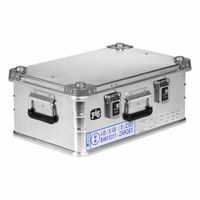Hazardous materials, often referred to as hazardous substances or dangerous goods, require special storage due to their potential to harm health, safety, or the environment. These materials are typically classified into several categories:
1. **Flammable and Combustible Liquids**: Includes gasoline, alcohol, and acetone. They require storage in fire-resistant cabinets and away from ignition sources.
2. **Corrosive Substances**: Such as acids (sulfuric acid, hydrochloric acid) and bases (sodium hydroxide). They need containers resistant to corrosion and should be stored separately to prevent reactions.
3. **Toxic Chemicals**: Includes pesticides, lead compounds, and mercury. These require secure, ventilated storage to prevent inhalation or contact.
4. **Reactive Chemicals**: Such as sodium, potassium, and peroxides. They must be stored in a way that prevents contact with water or other reactive substances.
5. **Compressed Gases**: Includes oxygen, propane, and acetylene. They need to be stored upright, secured, and away from heat sources.
6. **Explosives**: Such as dynamite and fireworks. They require specialized, secure storage facilities to prevent accidental detonation.
7. **Radioactive Materials**: Includes uranium and radium. They need lead-lined containers and secure, restricted access areas.
8. **Biological Hazards**: Such as infectious agents and medical waste. They require containment to prevent exposure and contamination.
9. **Oxidizers**: Includes substances like hydrogen peroxide and bleach. They should be stored away from flammable and combustible materials.
Proper labeling, ventilation, temperature control, and adherence to legal regulations are essential for the safe storage of these materials. Compliance with guidelines from organizations like OSHA, EPA, and local authorities is crucial to ensure safety and prevent accidents.




